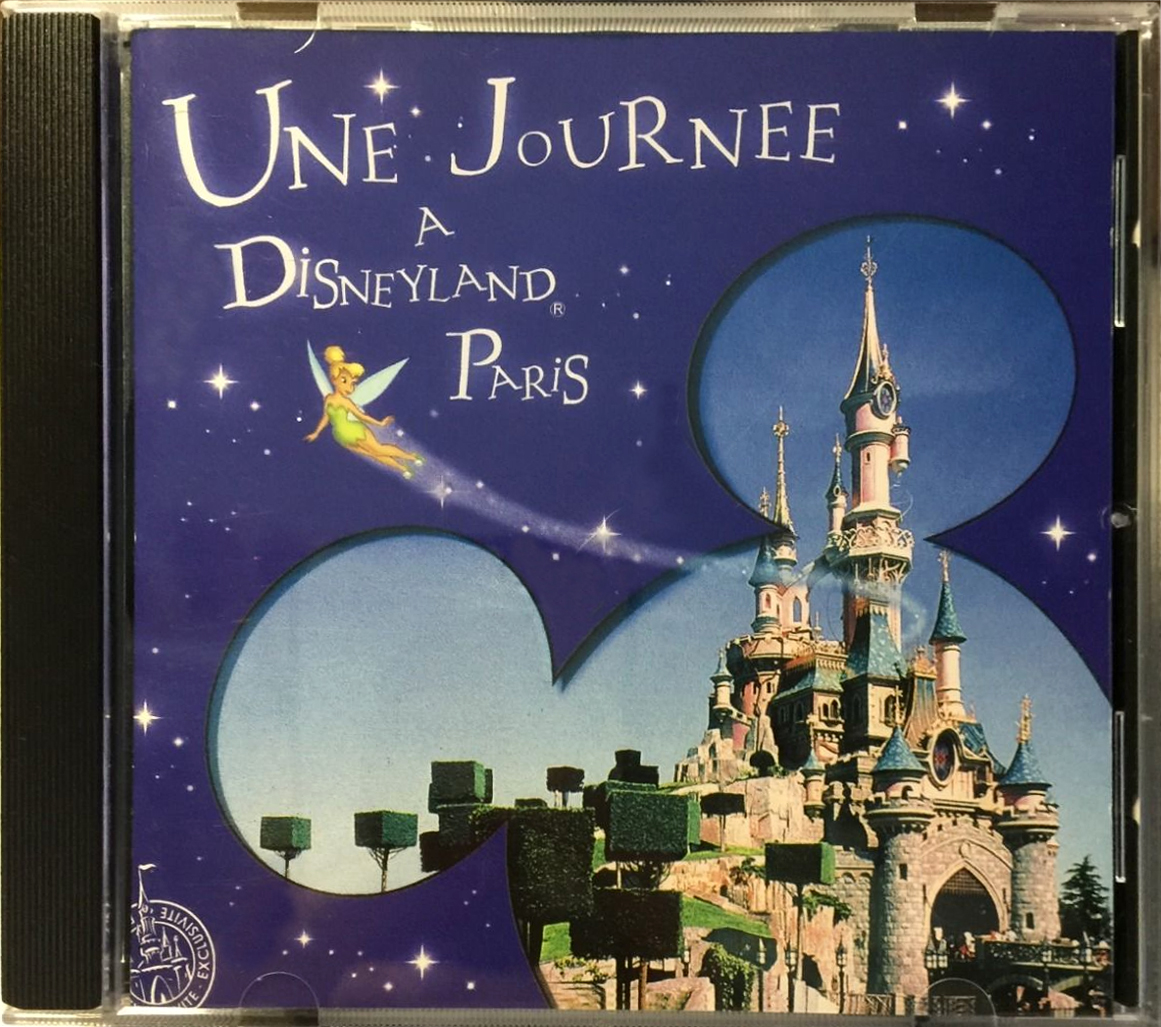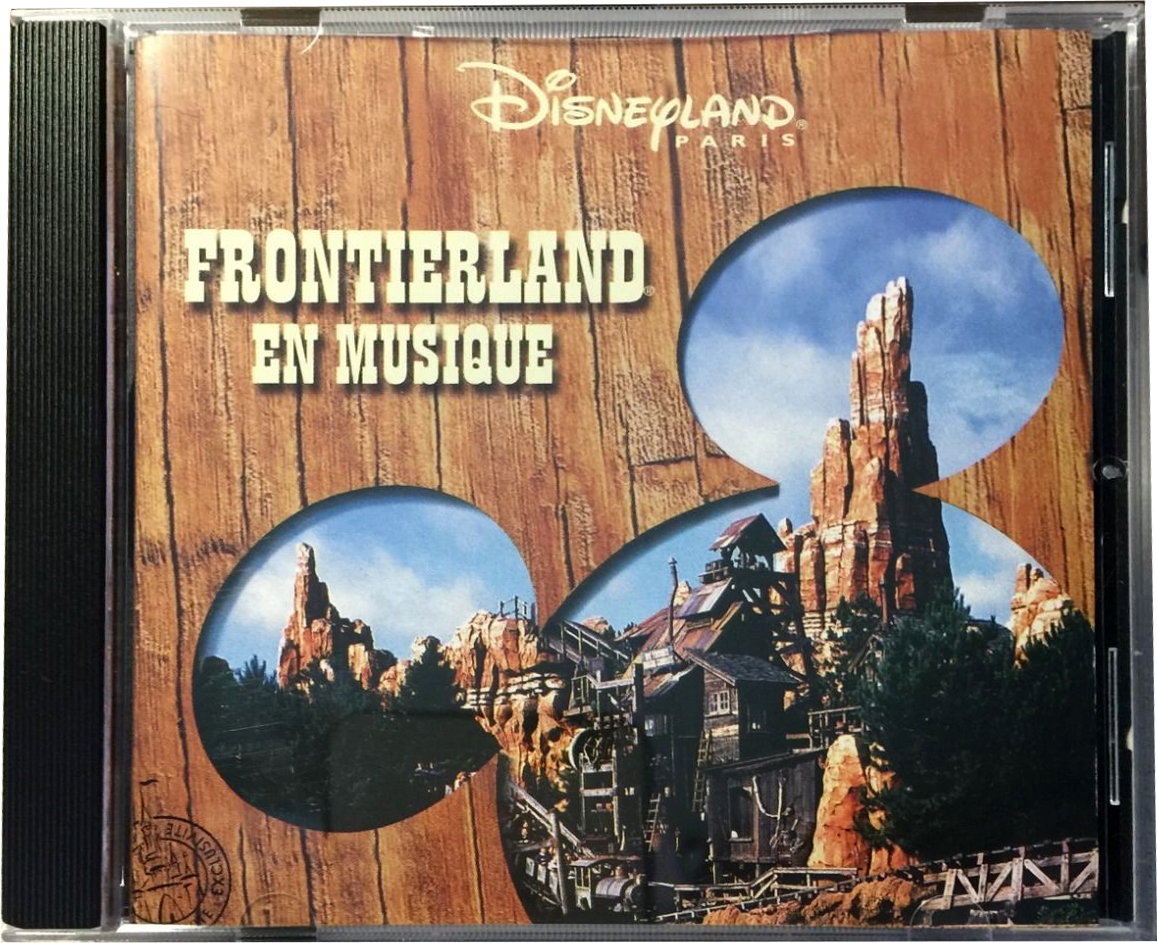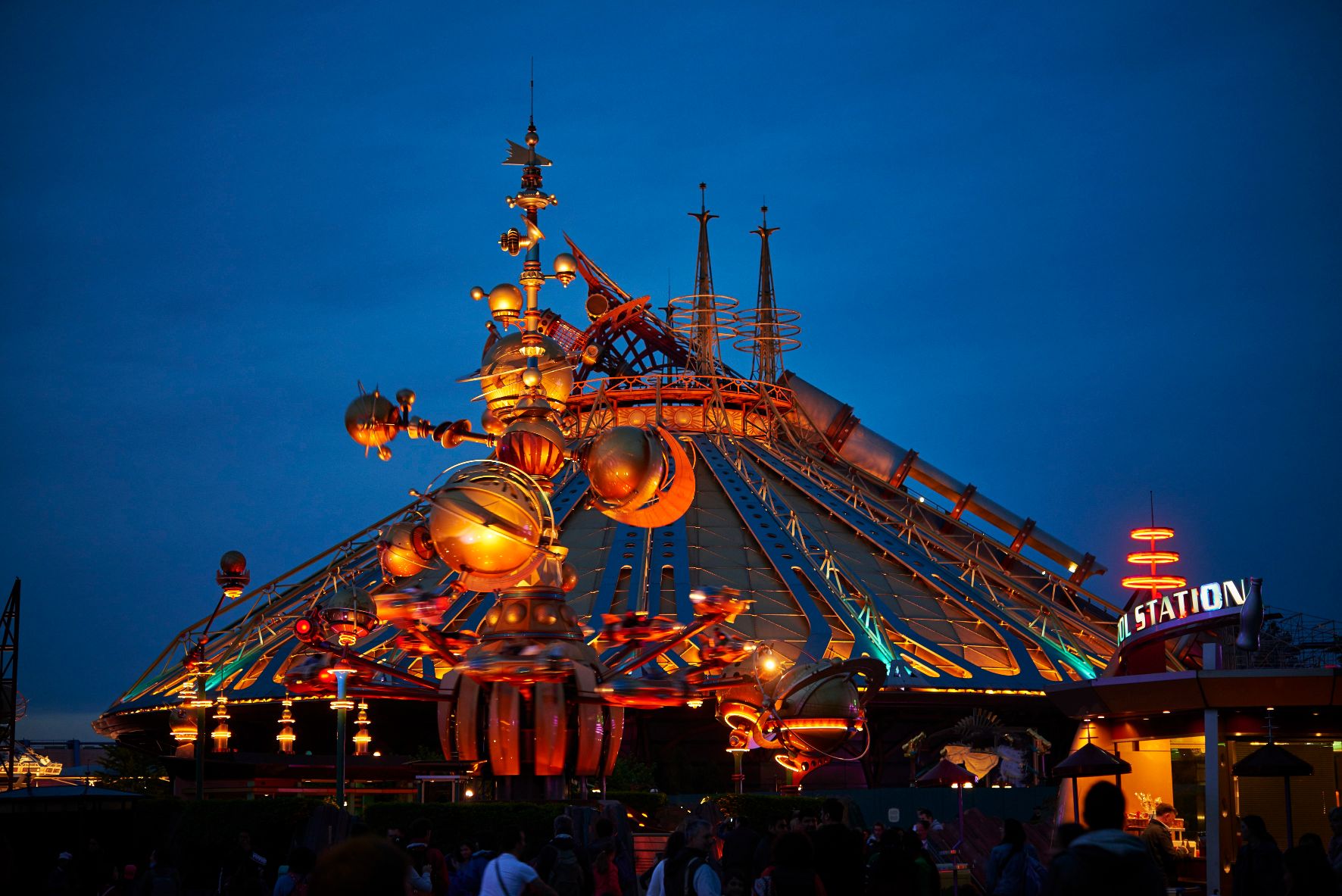It may go unnoticed at first and yet, it is an integral part of the Disney parks experience. Background music, played across Disneyland Paris, has the unique ability to immerse guests in a world of fantasy.
Above all, Walt Disney and his Imagineers were filmmakers. It’s fitting that they imagined Disneyland Resort just like they would a movie, with a scenario, settings, actors – Cast Members and guests – and staging. In the same spirit, it felt natural to create a soundtrack.

Imagineers were meticulous about creating a special soundtrack – traditionally referred to as BGM (Background Music) – which plays an instrumental part in theming. At the very beginning, this type of music was played live by several bands across Disneyland Resort. However, attractions aside, quite a few pre-recorded soundtracks could already be heard in the park. For instance, guests would go through Sleeping Beauty Castle and enter Fantasyland to the sound of “When You Wish Upon A Star,” a classic musical invitation to dream. At the entrance of Frontierland an old banjo tune would play, while indigenous drums and jungle sounds would foreshadow Adventureland. As it traditionally runs for a few short minutes, BGM plays in a loop, in the same spirit as “Muzak” which began playing in American stores in 1934.
In the early sixties, a few outdoor attractions and queues at Disneyland Resort were given their own background music. American composer Buddy Baker – famous for “Grim Grinning Ghosts”— created a new arrangement by adding small bell sounds to “I’m Wishing” from Snow White (1937) for the Wishing Well area at Snow White Grotto. Certain loops could also change depending on the time of day or year. Throughout the year, the organ at Swiss Family Treehouse played Baker’s famous “Swisskalpolka” from Swiss Family Robinson (1960), except during the Christmas season when it played seasonal carols. Nowadays, this still applies to Main Street U.S.A. as a special background music can be heard during end-of-year celebrations.

As time went on, background music was played throughout the park, starting with Main Street, U.S.A., but it raised the question of theming. Just like in a movie, music is critical to ensure that stories remain consistent. Oddly enough, the very first tracks played on Main Street, U.S.A. recalled pop music from the 1960s, like “Mrs. Robinson” by Simon & Garfunkel, prioritizing emotions over historical accuracy.
In 1970, radio host Jack Wagner – the official voice of Disneyland Resort for many years – offered to create a soundtrack in keeping with the theming of the land. Inspired by Disney music of the time, most notably arrangements made for marching bands, he designed a loop reminiscent of the turn of the century. Disney entrusted Wagner with the creation of BGM for more than 40 areas at Disneyland Resort and Walt Disney World Resort which remain references to this day and inspired Imagineers for the background music at Disneyland Paris, which in turn was used in the U.S. parks. At Disneyland Paris, background music works in the same way as music would in a film, although it is up to guests to create their own scenario throughout the park.

Just like there are several types of music in films, there are various types of BGM. Some are used to introduce a story and bring guests on a journey to a far-off place or another time period thanks to themes and sounds reflective of times past. In the movies, it is notably the case for The Princess and the Frog (2010) and Lady and the Tramp (2019) – both featuring music inspired by New Orleans Jazz reminiscent of the 1910s and 1920s. On Main Street U.S.A., “Ragtime” can be heard. This musical style enjoyed its peak popularity at the turn of the century, the time period depicted throughout the land. Musical masterpieces ranging from Scott Joplin to Arthur Pryor are played, as well as more recent musical scores from Pollyanna(1960) and Up (2009) rearranged to be consistent with the time period.
Music has the power to transport people to different places based on the choice of instruments, like China in Mulan (1998) or Scotland in Brave (2012). This is apparent in Adventureland where ethnic music is played by African percussionists at the Hakuna Matata Restaurant or by oriental ensembles close to Adventureland Bazaar.
Other film soundtracks synchronize with the action depicted on screen. In Toy Story 2 (1999), when Buzz jumps on the floating platforms in Zurg’s lair, he does it to the tune of Also sprach Zarathustra, the theme from 2001: A Space Odyssey. More recently, American composer Michael Giacchino referenced James Bond in The Incredibles (2004) by drawing inspiration from the classic arrangements of the famous franchise. At Walt Disney Studios Park, the BGM at Place des Frères Lumière includes dozens of film scores and music from animated films at Toon Studio. In Frontierland, the score of western classics such as The Magnificent Seven (1961) immediately takes us to the mythical Wild West. Film scores are most often completely original, written for a specific production. At Disneyland Paris, that is the case of the soundtrack at Discoveryland – written especially by pianist and composer David Tolley.


